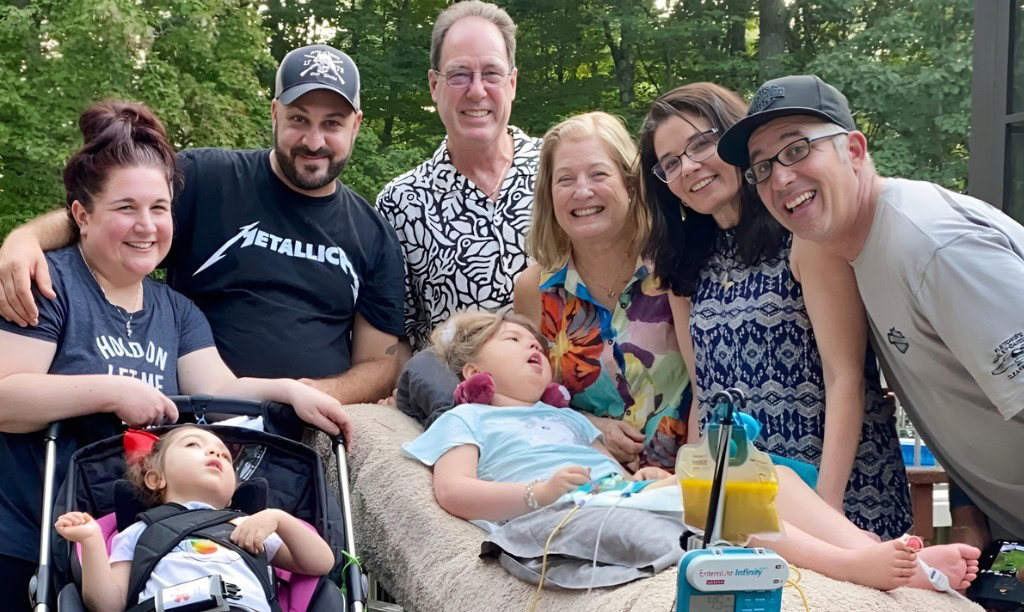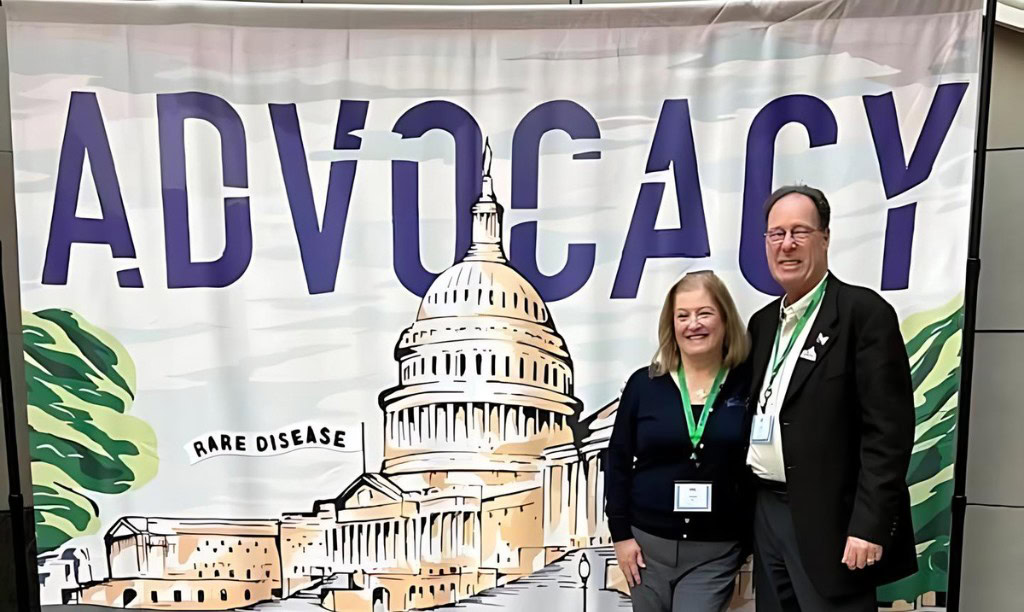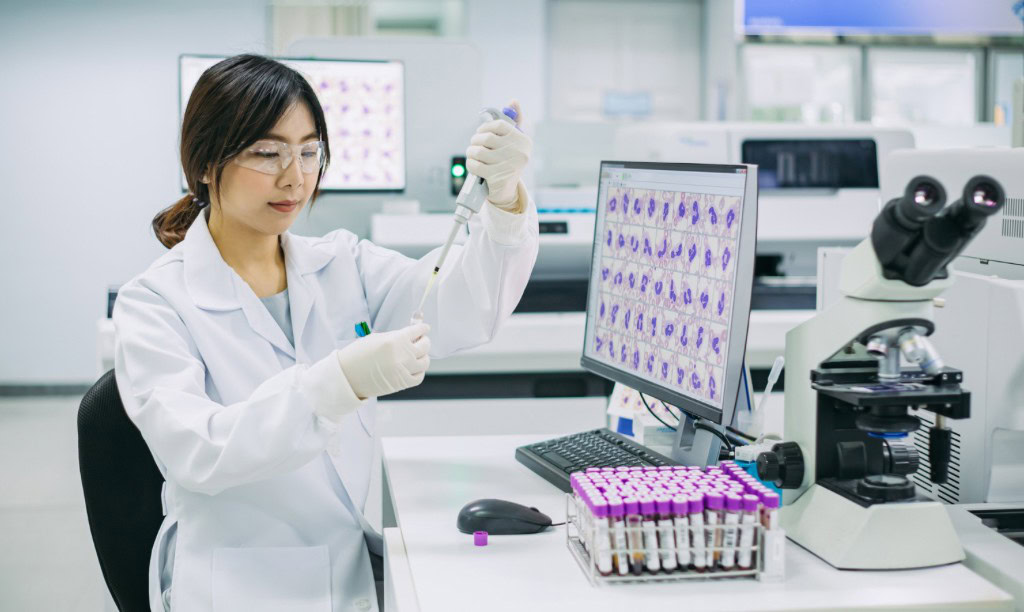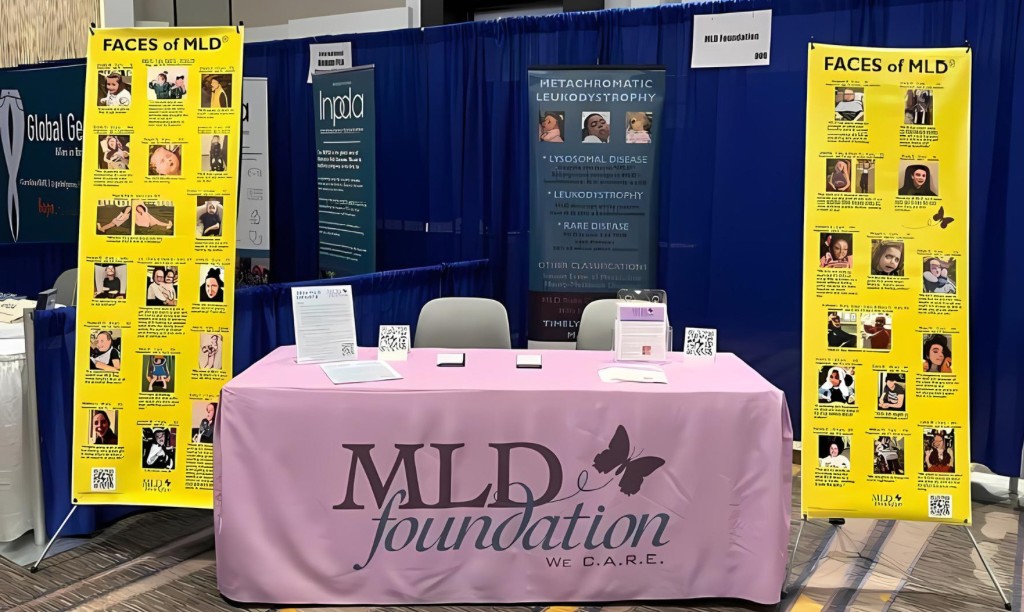Y’all – please join us in
Atlanta for the 2025
MLD Family Conference®
June 20th-21st

Recent Posts
Update on the MLD NBS RUSP Nomination – and Newborn Screening in General
Dean & Teryn Suhr Recognized With the 2025 Patient Advocacy Leadership (PAL) Award at WORLDsymposium™
Newly Diagnosed??
If you or your loved one is newly diagnosed, or you suspect MLD, please visit our What Do I Do Next? page for a step-by-step guide on how to expedite a diagnostic confirmation, next steps to access therapy, and more. We can and want to help!
What is MLD?
Metachromatic Leukodystrophy (MLD) is a progressive, genetic, neurometabolic disease that affects the nervous system due to the lack of an enzyme, Ayrlsulfatase-A (ARSA.) Over 300 variants of the ARSA gene on Chromosome 22 are known to cause MLD. 1 in 100 people are carriers of MLD resulting in 1 in 40,000 babies being born with MLD. Of the four types of MLD, late infantile is the most common. While there is now an FDA-approved gene therapy available for pre-symptomatic infantile and early juveniles, Lenmeldy®, access for early-symptomatic cases, older patient cases is much more limited or non-existent.
For a more detailed overview of MLD, visit MLD Overview.
For more information on therapies and their access requirements, visit MLD Therapies.


What We Do
The MLD Foundation supports and empowers families living with Metachromatic Leukodystrophy through community and compassion for families, increasing awareness, influencing and funding research, and promoting education.
At MLD Foundation, We C.A.R.E.®:
Compassion

We support and connect families to find mutual support through shared experiences virtually and in person.
Awareness

MLD Foundation works on behalf of patients and families to increase awareness of MLD and advocate for newborn screening and treatments at the state and federal levels.
Why Newborn Screening Matters
Upcoming Advocacy Events
Research

We work alongside researchers, pharmaceutical companies, clinicians and more in efforts to treat and cure MLD.
Learn about the FDA-approved gene therapy for MLD, Lenmedly™ from Orchard Therapeutics, and other research that is underway
Education

Whether you are newly diagnosed or simply wanting to learn more, we provide a number of resources – including an extensive video library – to learn about MLD.

